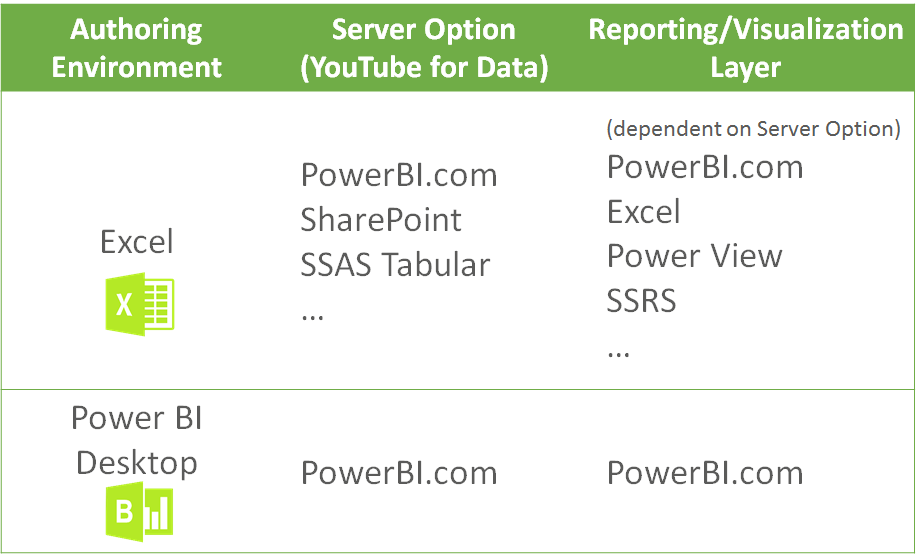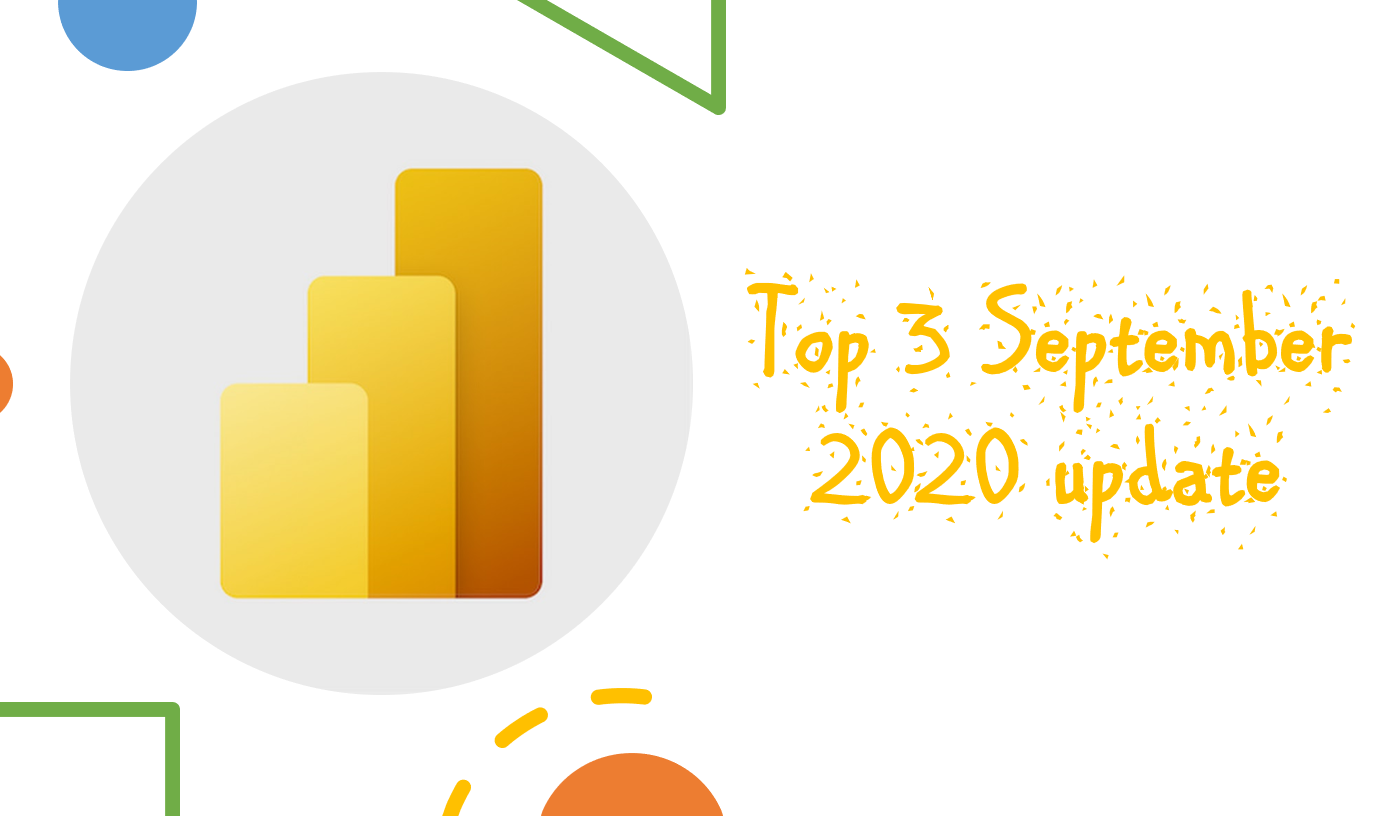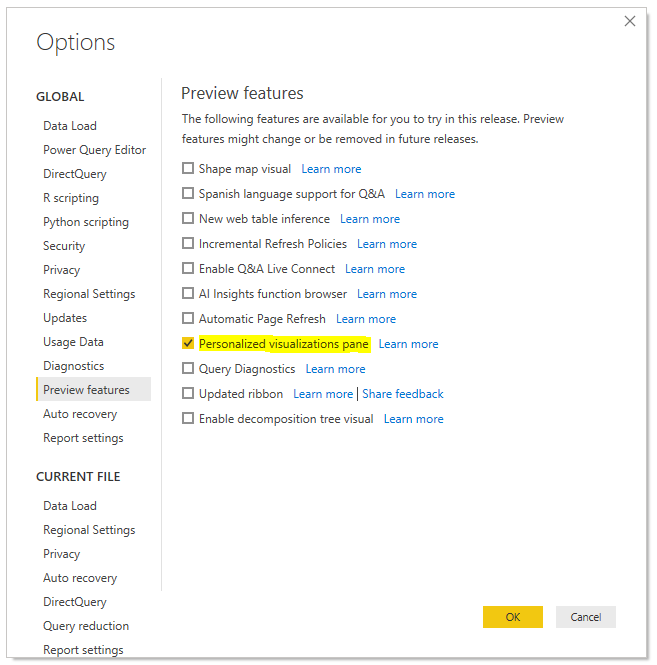
You can opt for a dashed, dotted, or a solid line. You have the following line types in data visualization − You also have Analytics feature in the tool, where you can draw lines as per requirement in data visualization. It shows all objects and their corresponding colors in the chart. In case, you want to change the color of any data field, you can use this option. When you expand the Legend field, you have an option where you want to display the legend. Once you click, you can see all the options available.

To open these options, go to the Format tab as shown in the following screenshot. Following options are available under the Format tab − When you select any visualization, it has an option to change the color. In Power BI, you can also modify the colors in the chart. To change the aggregation type, click the arrow in the value bucket in front of the measure and you will see a list of formulas that can be used.Īnother table type in Power BI is the matrix table that provides a lot of features such as auto sizing, column tables, and setting colors, etc. You can also undo summarize or apply different aggregate function on numerical values in the table. If you want to change the order, you can delete any column and add the other one. The order of the columns in a table is determined by the order in the value bucket on the right side. To perform ascending/descending sort, just click the arrow mark, and the values in the column will be sorted. You can also perform a sort in the table using an arrow key at the top of the column. With the numerical values in a table, you can see a sum of values at the bottom. You can also select the checkbox in front of each field to add those to the Report area. You can drag the fields that you want to add to the report. In Power BI, when you add a dataset to your visualization, it adds a table chart to the Report canvas. You have other type of combine chart that you can use in Power BI - Line and Clustered Column. You can add units to the column axis as shown in the following screenshot. Once you add a data source, it will be added to the list of fields on the right side. Let us say we have a revenue field and we have added a new data source that contains customer-wise unit quantity and we want to plot this in our visualization. One of the most common Combination chart in Power BI is Line and Stacked column charts. Combination charts are the most suitable option for these kind of requirement. Let us say you want to plot revenue and unit_solds in one chart. Power BI supports various combination chart types to plot measure values.

In data visualization, it is also required to plot multiple measures in a single chart. Note − If you see a warning symbol on top of your map visualization, it means that you need to add more locations to your map chart. You can also use a filled map in data visualization, just by dragging the filled map to the Report Canvas.

To change the bubble size, you need to add a field to the value axis. In the value fields, you can see that it accepts values axis such as City and State and or you can also add longitude and latitude values. To display values, you have to add any location object to the axis. To use a bubble map, drag the map from Visualizations to the Report Canvas. If you want to create a bubble map, select the map option from the visualization pane. In Power BI, we have two types of map visualization - bubble maps and shape maps. Power BI attempts to convert your selected fields to the new visual type as closely as possible. You can also switch between different type of charts and visualizations from the Visualization pane. In Power BI, it is also possible to move your visualization on the reporting canvas by clicking and then dragging it. You can add multiple fields to each axis as per the requirement. Another way is to drag the fields from right side bar to the axis and value axis under Visualization.

By default, it is the table type visualization, which is selected in Power BI. First is by adding from the right side pane to Report Canvas. In Power BI, you can create visualization in two ways. Power BI contains various default data visualization components that include simple bar charts to pie charts to maps, and also complex models such as waterfalls, funnels, gauges, and many other components. Visualizations are used to effectively present your data and are the basic building blocks of any Business Intelligence tool. In this chapter, you will learn about the various visualization options in Power BI.


 0 kommentar(er)
0 kommentar(er)
